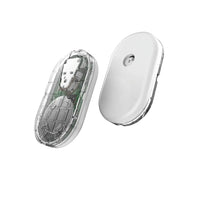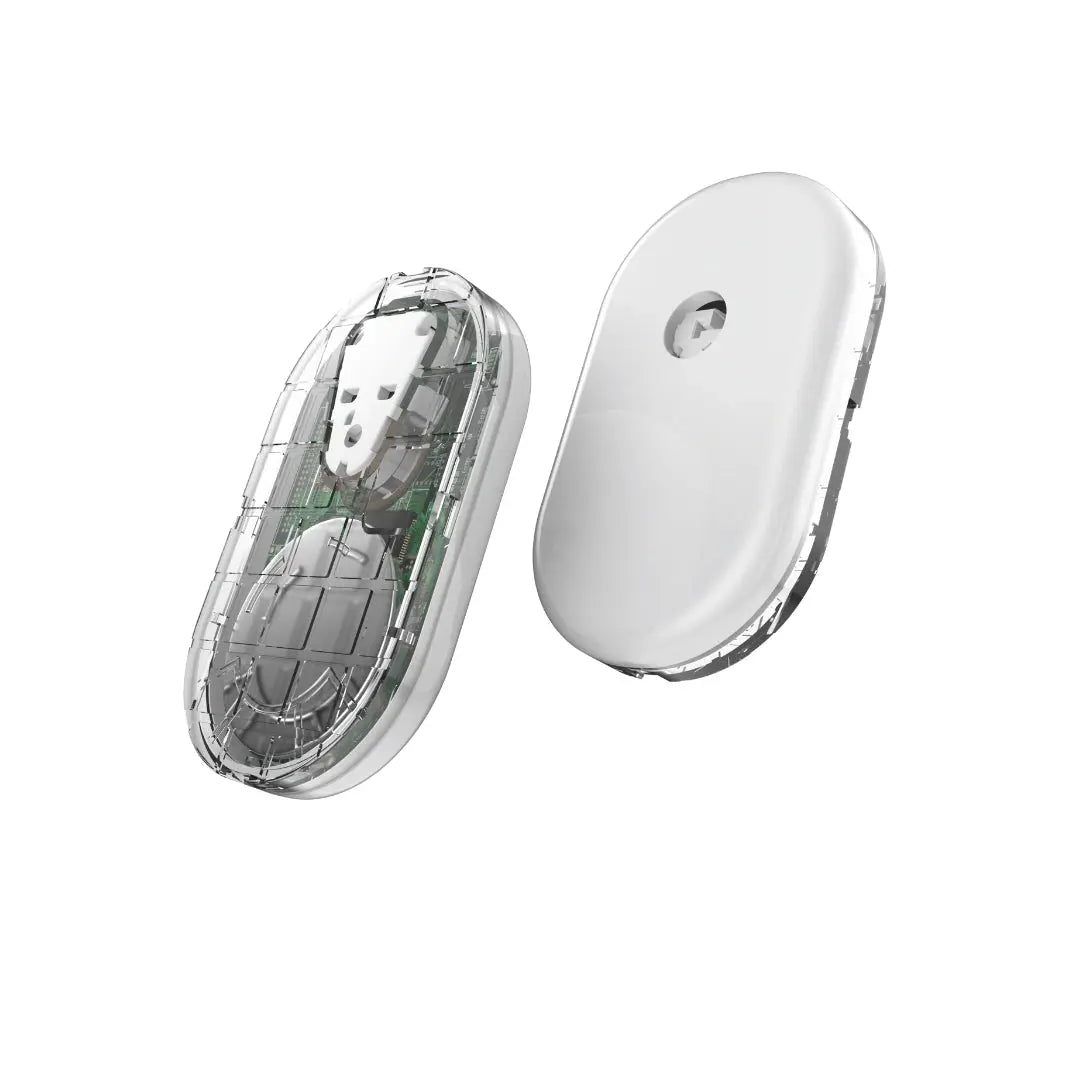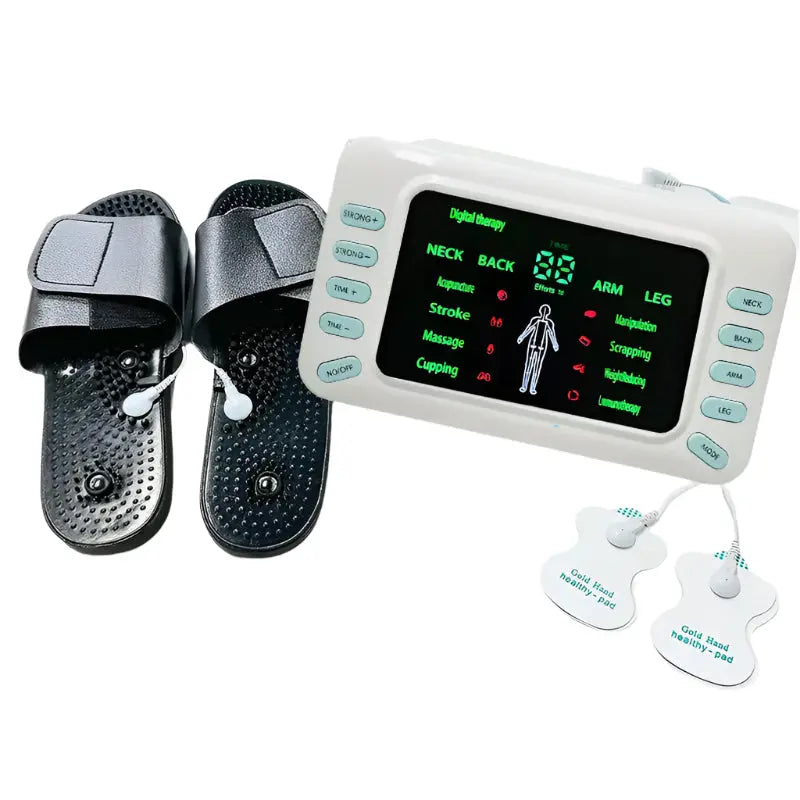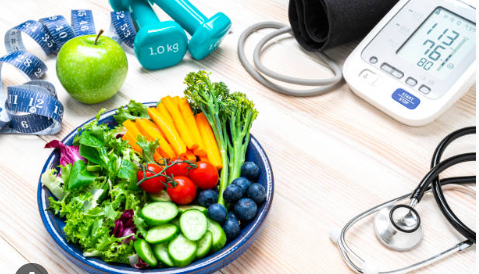Introduction
Hypertension (high blood pressure) and Type 2 Diabetes Mellitus (T2DM) are two of the most common chronic conditions worldwide, and when they occur together, they form a dangerous duo. The combination, often referred to as comorbid hypertension and diabetes, dramatically increases the risk of heart disease, kidney failure, stroke, and premature death.
Understanding how these conditions interact is essential for better prevention, early detection, and effective management. In this post, we’ll explore the science behind their connection, practical control measures, and the vital role of home monitoring tools in managing both diseases.
How Hypertension and Type 2 Diabetes Interact
Both conditions share common risk factors such as obesity, sedentary lifestyle, unhealthy diet, and insulin resistance. When they coexist, they multiply cardiovascular risks.
-
Insulin resistance, the hallmark of Type 2 diabetes, contributes to arterial stiffness, leading to higher blood pressure.
-
High blood pressure, in turn, damages blood vessels and accelerates the progression of diabetic complications, especially in the kidneys and heart.
According to the World Health Organization (WHO), more than 60% of individuals with Type 2 diabetes also have hypertension, and this combination significantly increases cardiovascular mortality.
Read more on WHO’s Hypertension Factsheet
The Dangerous Combination: Cardiovascular Risk
When hypertension and diabetes coexist, the heart works harder to pump blood through vessels already weakened by high glucose levels. This leads to:
-
Accelerated atherosclerosis (plaque buildup in arteries)
-
Increased risk of stroke and heart attack
-
Left ventricular hypertrophy (heart enlargement)
-
Chronic kidney disease (CKD)
A 2023 American Diabetes Association (ADA) report highlights that managing blood pressure alongside glucose levels can reduce cardiovascular mortality by up to 50%.
See ADA Guidelines on Diabetes and Hypertension Management
Why Monitoring Matters: The Role of Home Devices
Monitoring both blood pressure and glucose levels regularly can help detect trends before they become emergencies.
1. Blood Pressure Monitors
Automatic BP monitors like the Berflow Digital Automatic Upper Arm Blood Pressure Monitor help track systolic and diastolic pressure at home, giving early warning signs of hypertension.
2. Continuous Glucose Monitors (CGMs)
Devices such as CGM Systems provide real-time glucose tracking, showing how diet, stress, and medication affect your blood sugar.
3. Multi-Parameter Monitors
For patients managing multiple conditions, multi-parameter monitors integrate heart rate, SpO₂, and BP readings, essential for comprehensive home care.
Lifestyle and Management Tips
-
Adopt a heart-healthy diet: Reduce salt, sugar, and saturated fats.
-
Exercise regularly: At least 150 minutes of moderate activity per week.
-
Take medications consistently: Both antihypertensives and diabetic medications.
-
Track your vitals: Keep a digital record using smart monitoring devices.
-
Manage stress and sleep: Both are silent triggers for glucose and BP spikes.
When to Seek Medical Help
If you experience frequent dizziness, swelling, shortness of breath, or chest pain, consult a doctor immediately. These may be signs of uncontrolled hypertension or diabetic heart disease.
Regular check-ups and data sharing from your monitoring devices can help your doctor tailor your treatment effectively.
Conclusion
When hypertension and Type 2 diabetes coexist, the risk to your heart, kidneys, and overall health multiplies dramatically. However, early detection, consistent monitoring, and lifestyle management can reverse the odds.
At Berflow Health, we provide clinically accurate monitoring devices, from blood pressure monitors to glucose tracking systems that empower you to take control of your health, one reading at a time.
Investing in the right tools doesn’t just manage the numbers, it saves lives.





